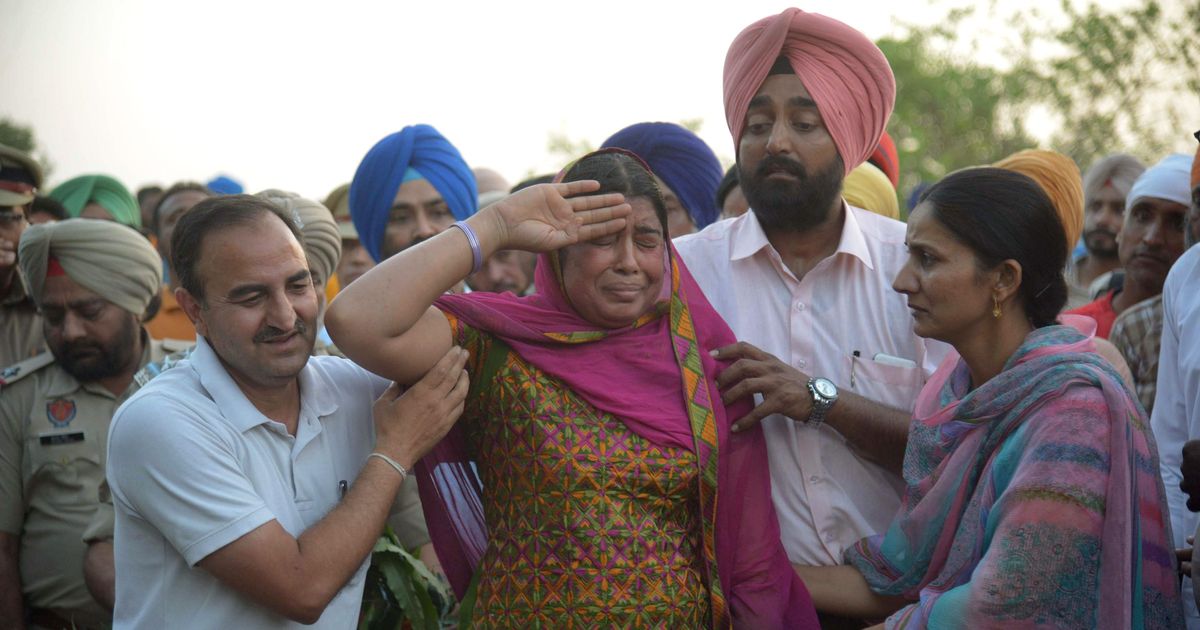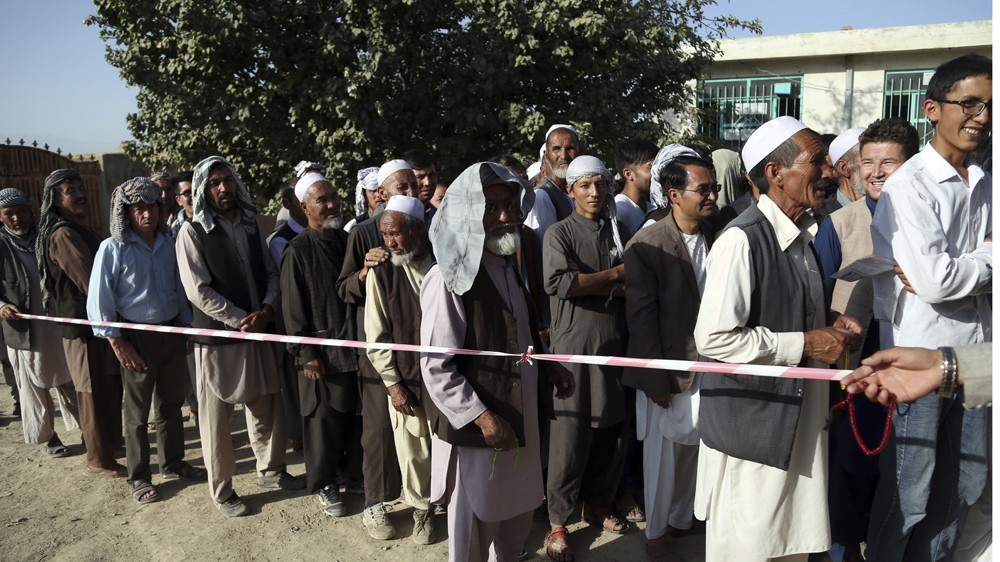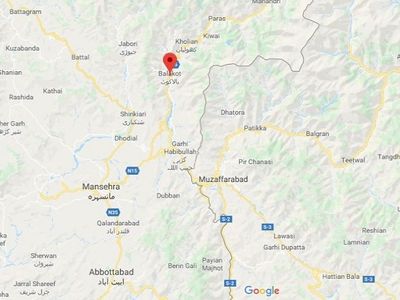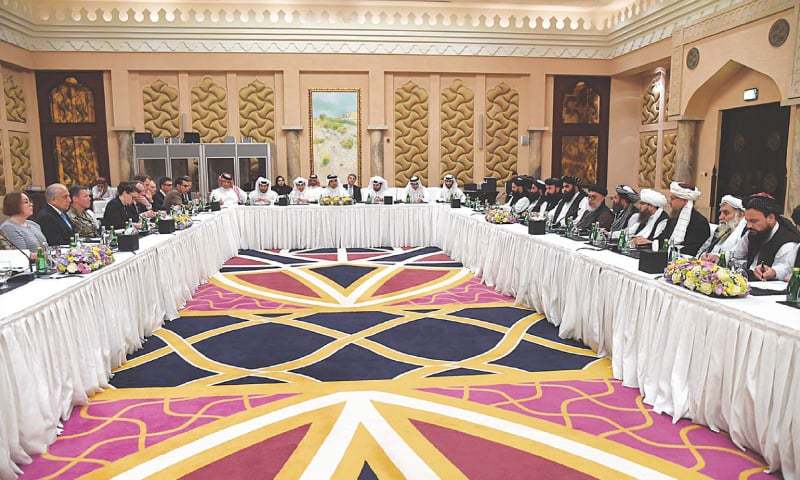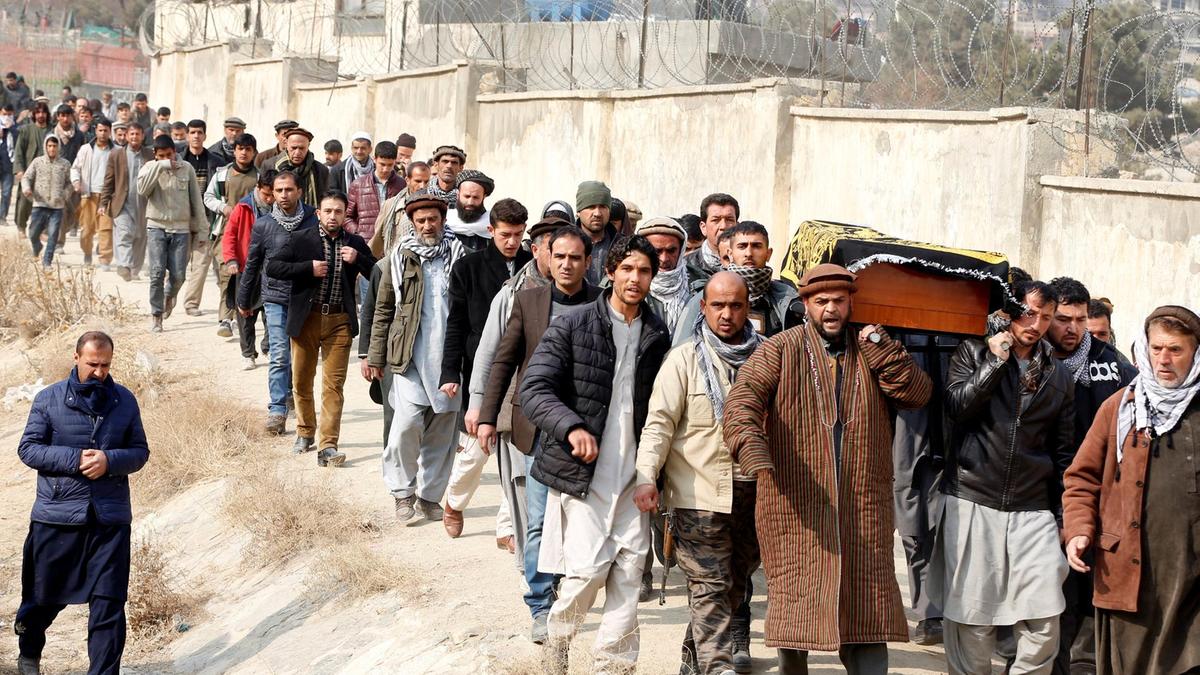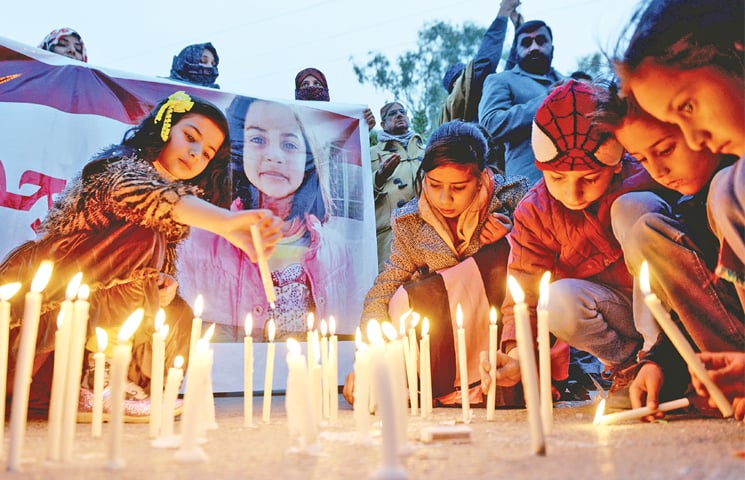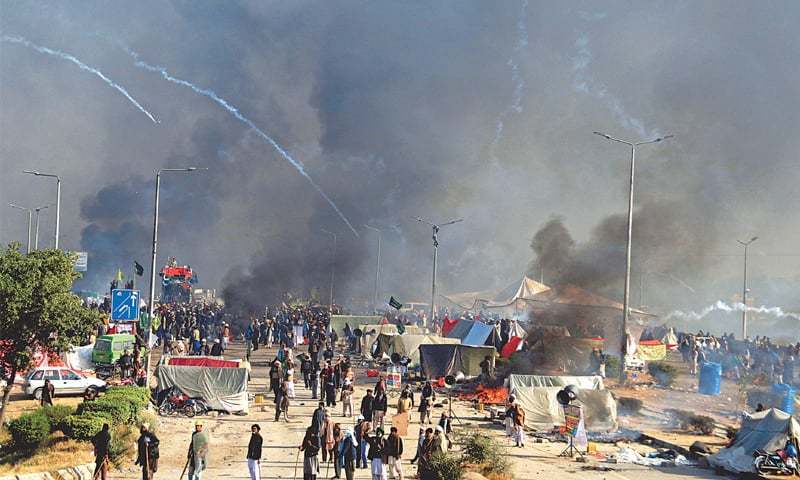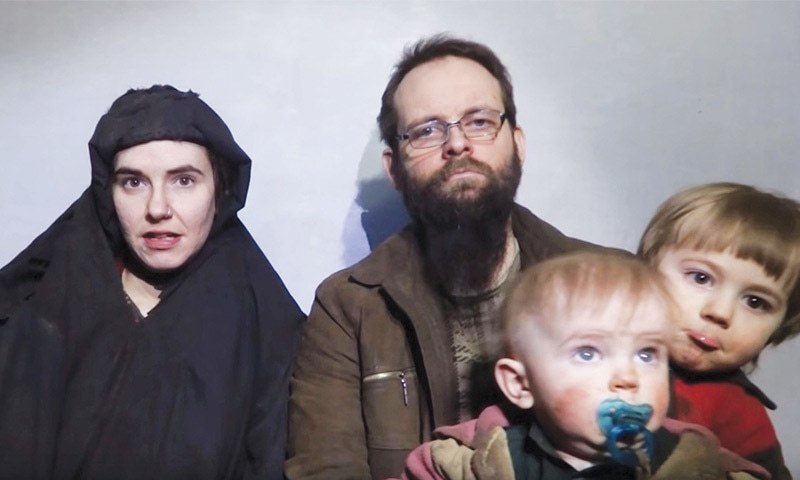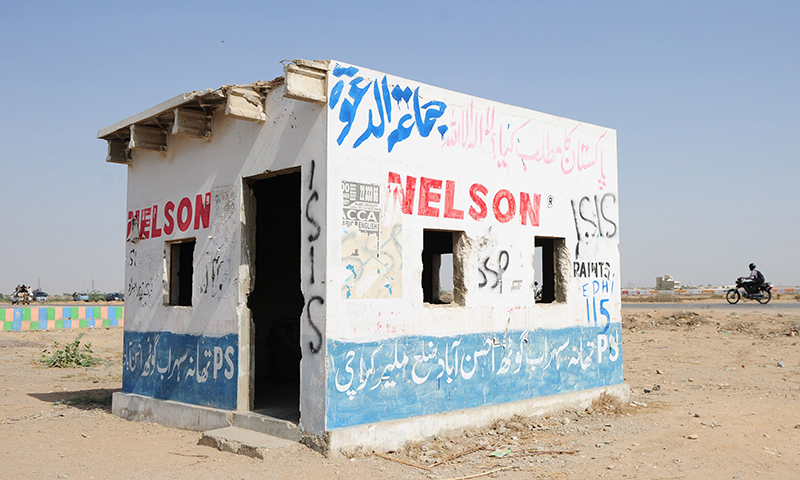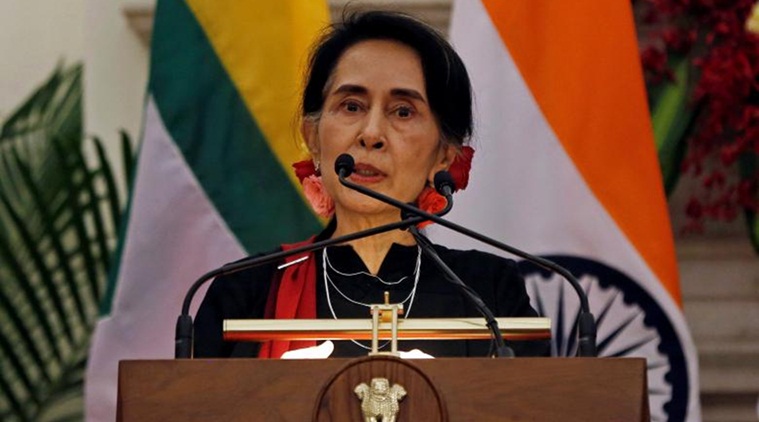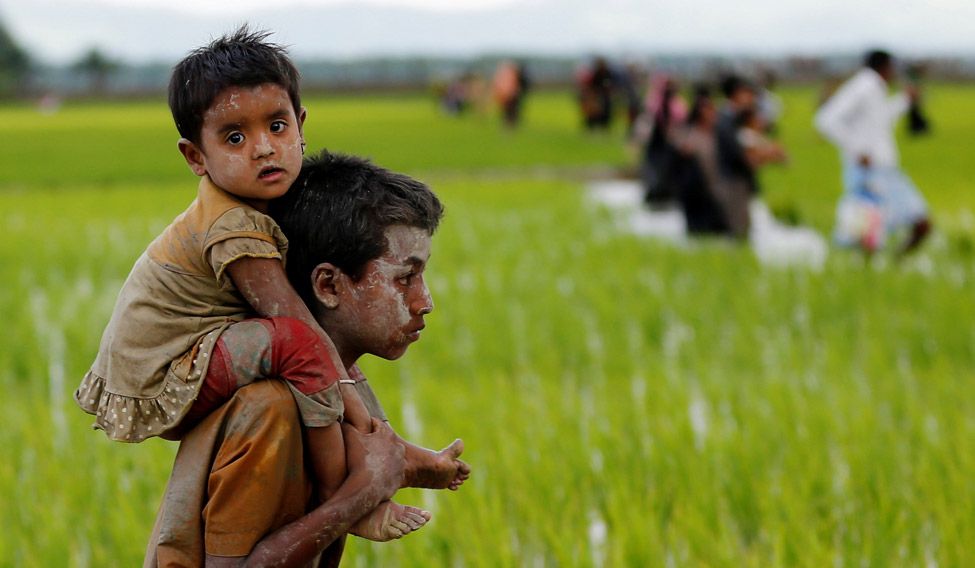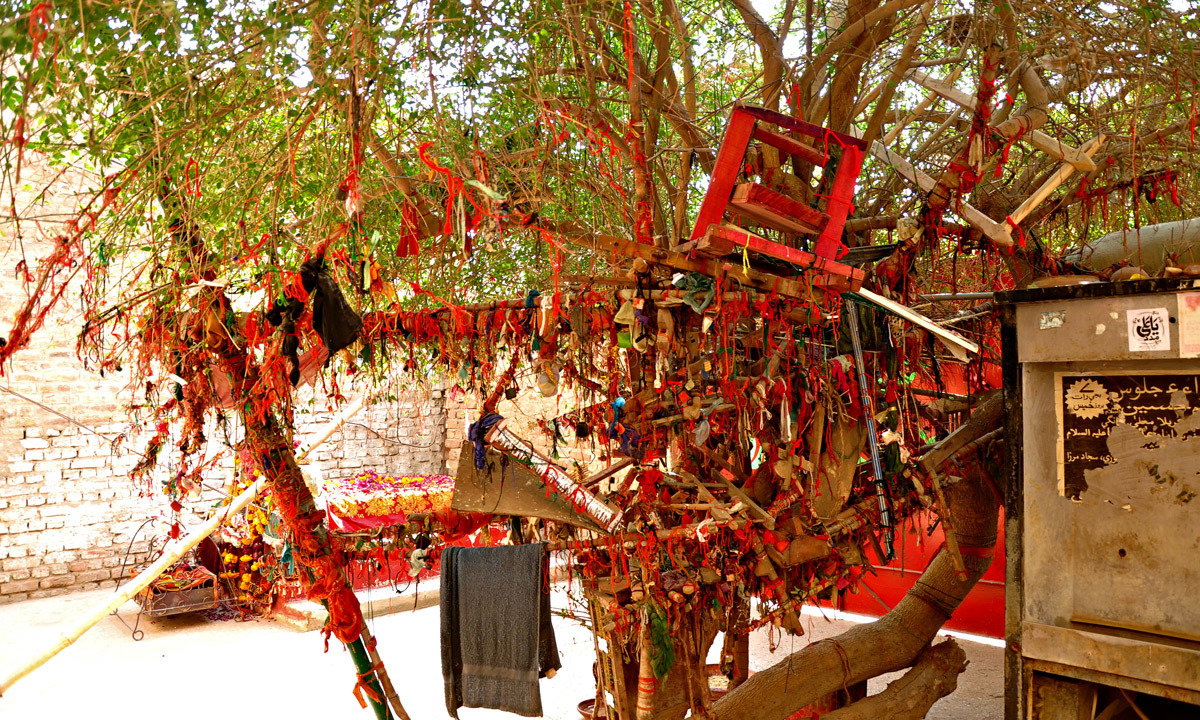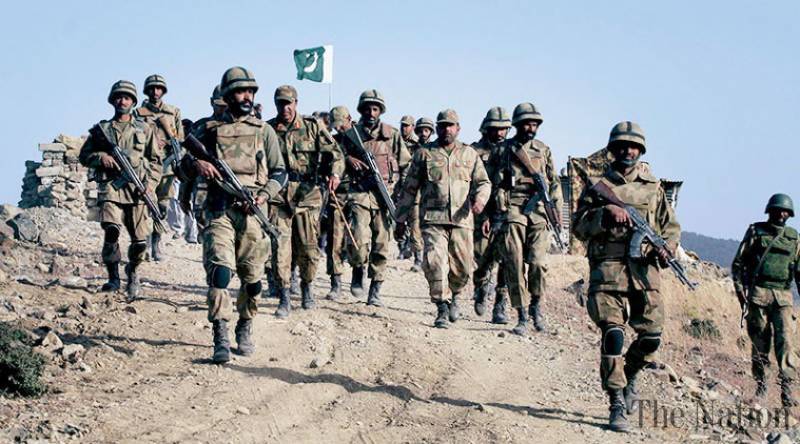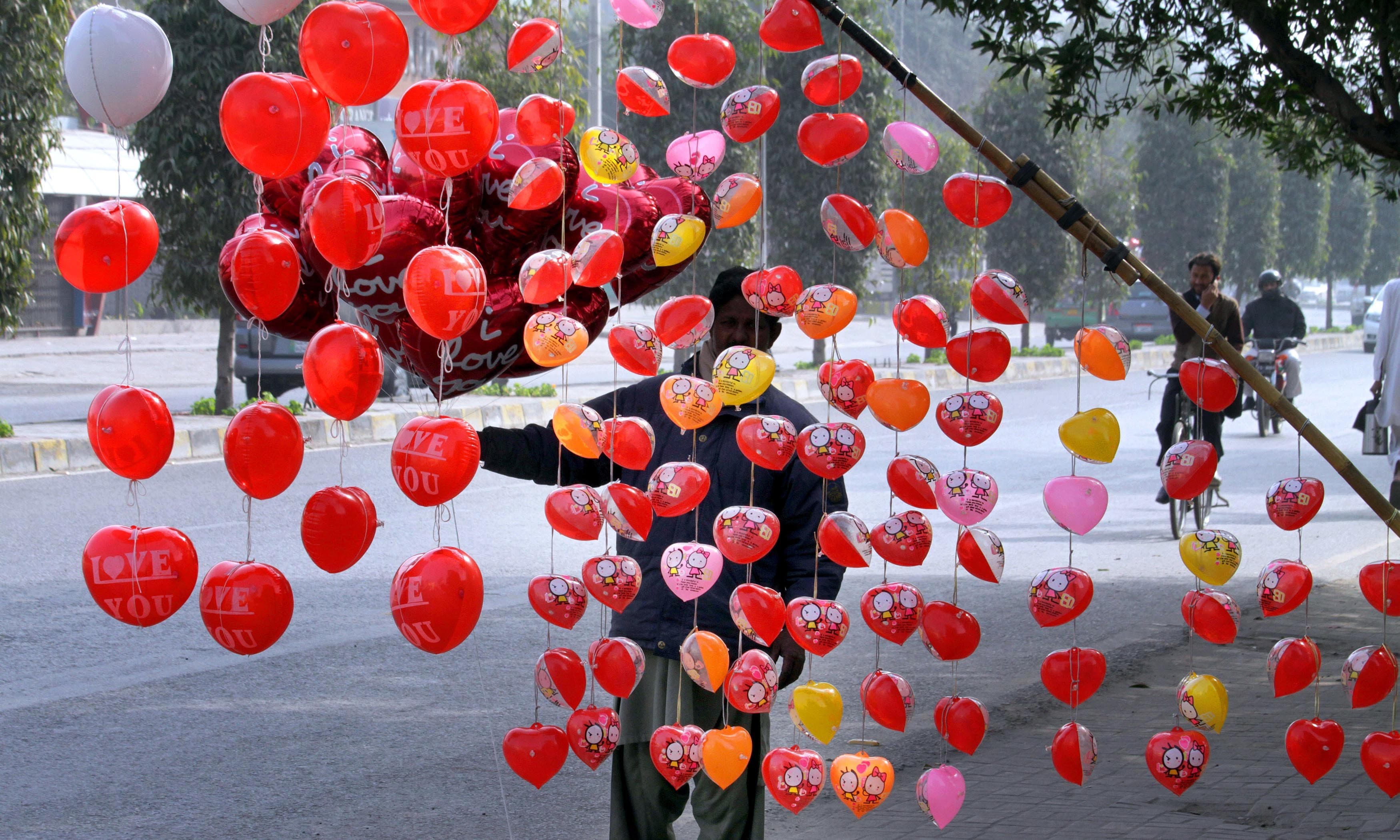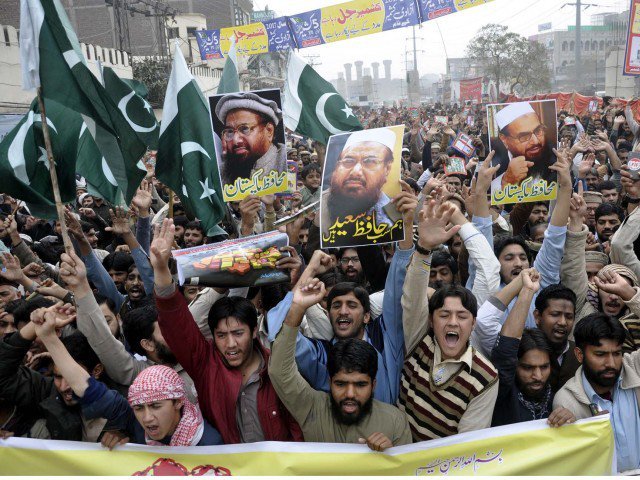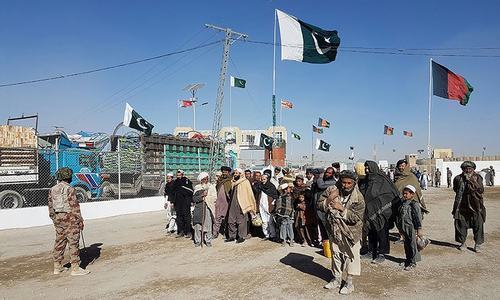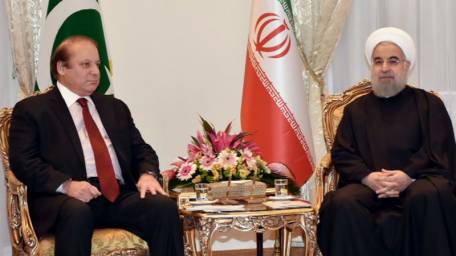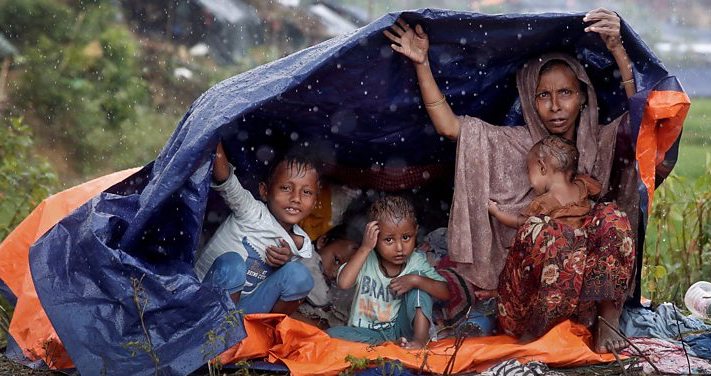
Can South Asia as a region do something about the Rohingya crisis? The region, for lon, has been shying away from addressing the question of refugees and statelessness at SAARC level. Multiple efforts were taken at civil society levels to have a regional refugee regime and a common approach towards the issue. Unfortunately, they are yet to make any headway. Expecting the SAARC to do anything is asking for the moon.
Conflict Reader # 42, 12 December 2017
CR Analysis
D. Suba Chandran
Professor
International Strategic and Security Studies Programme (ISSSP)
National Institute of Advanced Studies (NIAS), Bangalore
The ongoing Rohingya crisis in Myanmar has rekindled the debate over Statelessness at the international level, and raised questions on how to deal with them at the regional level in South Asia. Can there be a regional approach towards this great humanitarian problem in our neighbourhood? Or, should we continue to pretend, that it does not affect us?
According to the UN estimates, more than 600,000 Rohingyas have been pushed out of Myanmar and remain Stateless today. The political status of rest of the Rohingyas who are still residing within Myanmar remains a question mark.
Of the 600,000 plus who have been thrown out of Myanmar, most of them have entered Bangladesh, due to geographic proximity and ethnic linkages. A few have reached India as well; some have been settled in different parts of India. Bangladesh has repeatedly been calling for international intervention in Myanmar to arrest the exodus, and also have been crying for international support to those who are stranded in refugee camps within the country. For Dhaka, the Rohingya numbers are beyond its ability to cope.
Facing elections shortly, the ruling party – Awami League is under pressure to be seen as doing something to address the Rohingya crisis. A few years ago, there was a sentiment against allowing the Rohingyas from entering into Bangladesh; it even tried to adopt a military solution by toughening the border. However, during the recent years, this position has substantially shifted. Today, the general expectation within Bangladesh is to positively address the Rohingya crisis, by applying international pressure on the government in Myanmar.
Now, both the State and the people in Bangladesh have adopted a humanitarian approach towards the Rohingyas. There is a predominant consensus within Bangladesh, to provide temporary asylum to the Rohingya refugees and galvanize international support to pressurize the Myanmar government to accept the Rohingyas as citizens.
The Awami League government has asked for support from India to address the Rohingya crisis. There have been three primary expectations from Bangladesh over India. First, Dhaka expects New Delhi to use its influence over Myanmar and exert pressure on the government. Second, Dhaka wants India to provide aid and support for those refugees settled in Bangladeshi camps. From immediate relief – food to medicines to long-term rehabilitation, Bangladesh would need India to pitch in. Third, though Bangladesh has not formally articulated yet, would want India to share a section of the Rohingyas.
What is likely to be India’s response to Bangladeshi expectations on the Rohingya issue? And what has been India’s approach towards the Rohingyas?
India would respond in negative to the third demand and have a limited response to the first one. And the reasons for the above two would explain India’s larger approach towards the Rohingyas and Myanmar.
India is unlikely to pressurise Myanmar on the Rohingyas for two simple reasons. First, India does not have an influence that would enable it adequately to pressurize Myanmar. In this context, it would be essential to understand that the military in Myanmar and the political establishment led by Suu Kyi are unlikely to be persuaded easily on the Rohingya issue internally. Unfortunately, there is a national consensus within Myanmar against the Rohingyas. More importantly, within the Rakhine, the other communities that share the space with the Rohingyas have turned against the latter.
The Rohingyas are not accepted as Myanmerse by rest of the communities within the province. Suu Kyi’s NLD does not command much support in the Rakhine province, hence would not like to be seen as supporting the Rohingya case, as that would further erode the NLD’s political fortunes within the province. Other communities outside the Rakhine have no sympathy for the Rohingya’s either. Worse than the above, is the animosity within a section of the Buddhist clergy against the Rohingyas. This section supported by other radical groups make the situation impossible for Suu Kyi to even consider the Rohingya question and have a national debate.
As a result, the political and military establishments within Myanmar are likely to withstand any amount of external pressure – political or otherwise. India seems to be aware of this position and hence does not want to to fight a losing cause.
For India, there are “larger” interests beyond the Rohingyas in Myanmar. New Delhi’s investments in Myanmar, improving India-Myanmar relations and competing for the space with China – are likely to figure prominently than pressurizing Myanmar.
Will India accept a section of the Rohingyas? Under the earlier government, a small number of Rohingyas were silently settled in different parts of India – Jammu, New Delhi, Hyderabad and Chennai. The UNHRC did provide minor support to this process. The entire initiative was more on a humanitarian basis, and done unofficially. Unfortunately, the present government, supported by few radical groups have taken a negative approach towards the Rohingyas. They are seen as a “security threat” by the State, and “Muslims” by a section of the radical Right. Both are unfortunate developments and are against the Indian ethos dealing with refugees.
However, New Delhi is expected to provide support to Dhaka in terms of immediate relief and long-term aid to those Rohingya camps within Bangladesh.
What about the other countries in South Asia? Nepal and Bhutan are too far for the Rohingyas to travel. So, the issue of these two countries considering the issue is remote. However, same is not the case with Sri Lanka and Pakistan. Both have been playing a negative role.
Sri Lanka has a similar situation as that of Myanmar on two counts. First, there is a Buddhist majority in both countries. The Muslim minorities in both countries do not speak either the Burmese or Sinhalese as their mother tongue. Second, there is a radical clergy in both countries supported by violent groups – Ma Ba Tha in Myanmar and Bodu Bolu Sena in Sri Lanka. Both have used violence against the minorities in the past; and both use pressure tactics on their respective governments to take harsh measures against the minorities.
Pakistan plays a dirty role too. It has a small Rohingya population in Karachi. Forced to feed for themselves, the conditions of the Rohingyas settled in Pakistan are pathetic; though at the national level, the intelligentsia repeatedly criticise Myanmar for the genocide. The State has also made few statements, though remains a rhetoric, about what the Myanmarese government should do.
While the State and the elites in Pakistan engage in a rhetoric, the radical groups have seemed to taken the first step. According to media reports, a few Rohingya youths have joined the radical groups in Pakistan, went to Saudi Arabia for further indoctrination and came back to lead the ARSA in Myanmar. What will happen next?
Finally, can South Asia as a region do something about the Rohingya crisis? The region, for long, has been shying away from addressing the question of refugees and statelessness at SAARC level. Multiple efforts were taken at civil society levels to have a regional refugee regime and a common approach towards the issue. Unfortunately, they are yet to make any headway. Expecting the SAARC to do anything is asking for the moon.
In this context, it is ironic that the ASEAN has not made any substantial initiative to address the issue. Ideally, one would have expected the ASEAN to play a stronger and positive role in resolving the Rohingya crisis. Unfortunately, the ASEAN wants to be “pragmatic” and ignore the genocide. So is the United Nations; despite those statements, it is yet to make a single concrete move.
What is happening to the Rohingyas today will haunt our collective conscience. Presuming, we have one.
